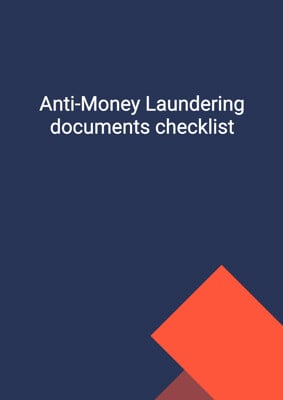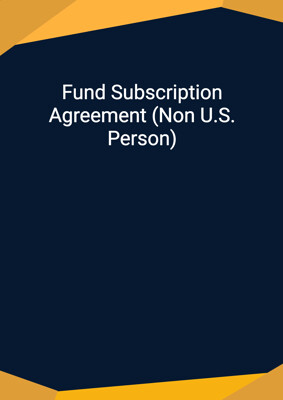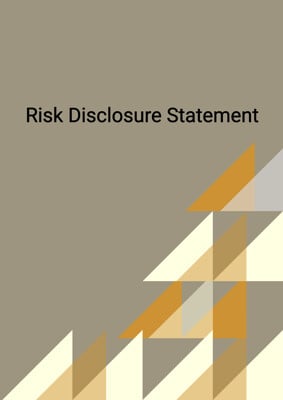How to Tailor the Document for Your Need?
01
Create Document
Fill in the details of the parties. You can click the "Fill with Member’s Information" button to complete it with information saved to your account.
02
Fill Information
Please fill in any additional information by following the step-by-step guide on the left hand side of the preview document and click the "Next" button.
03
Get Document
When you are done, click the "Get Document" button and you can download the document in Word or PDF format.
04
Review Document
Please get all parties to review the document carefully and make any final modifications to ensure that the details are correct before signing the document.
Document Preview
Document Description
The Custodian Agreement is a legally binding document that establishes the relationship between the Custodian and the Client. It outlines the terms and conditions under which the Custodian will act as the custodian of the Client's portfolio. The agreement begins with a definition section, which clarifies the meaning of various terms used throughout the document. It also includes an interpretation section, which provides guidelines for understanding the agreement's provisions.
The agreement covers the appointment of the Custodian, specifying that the Client appoints the Custodian as the custodian of the portfolio. It also outlines the effective date of the agreement and the duties of both parties. The Client's duties include providing the Custodian with any amendments to its articles, delivering schedules of cash and securities comprised in the portfolio, and delivering management letters prepared by the auditor. The Custodian's duties include providing the portfolio custodian service and any other services agreed upon.
The agreement addresses the receipt and disbursement of cash, stating that the Custodian will open and maintain separate bank accounts for the Client and hold all cash received for the account of the Client. It also outlines the procedures for the transfer of securities, including when securities can be transferred, exchanged, or delivered. The agreement specifies that the Custodian will register all securities in the name of the Custodian or its nominee and hold the securities for safekeeping.
The agreement includes provisions for voting, taxes, banking facilities, dealing by the Custodian, and the Custodian fee. It also addresses conflicts of interest, stating that the Custodian may enter into transactions in which it has a material interest or a relationship that may create a potential conflict. The agreement includes provisions for termination, confidentiality, data protection, notices, governing law and jurisdiction, force majeure, counterparts, and no rights for third parties.
Overall, the Custodian Agreement is a comprehensive document that establishes the rights and responsibilities of both the Custodian and the Client in relation to the custody of the Client's portfolio.
How to use this document?
To use the Custodian Agreement, follow these steps:
1. Review the agreement: Read the entire agreement carefully to understand its terms and conditions.
2. Fill in the necessary information: Enter the names and addresses of the Custodian and the Client in the designated sections of the agreement.
3. Define the portfolio: Clearly define the portfolio that will be subject to the custody of the Custodian.
4. Specify duties: Clearly specify the duties of both the Custodian and the Client, including providing necessary information, delivering schedules of cash and securities, and delivering management letters.
5. Establish banking facilities: Determine the banking facilities that will be provided by the Custodian and agree on the terms and conditions.
6. Address conflicts of interest: Discuss and agree on how conflicts of interest will be managed and disclosed.
7. Determine the Custodian fee: Agree on the fee that the Client will pay to the Custodian for the custodian services.
8. Review and sign the agreement: Review the completed agreement with all parties involved and sign it to make it legally binding.
9. Keep a copy: Make sure to keep a copy of the signed agreement for future reference and record-keeping.
Note: This guidance is provided for informational purposes only and does not constitute legal advice. It is recommended to consult with a legal professional to ensure compliance with applicable laws and regulations.
Not the right document?
Don’t worry, we have thousands of documents for you to choose from:










